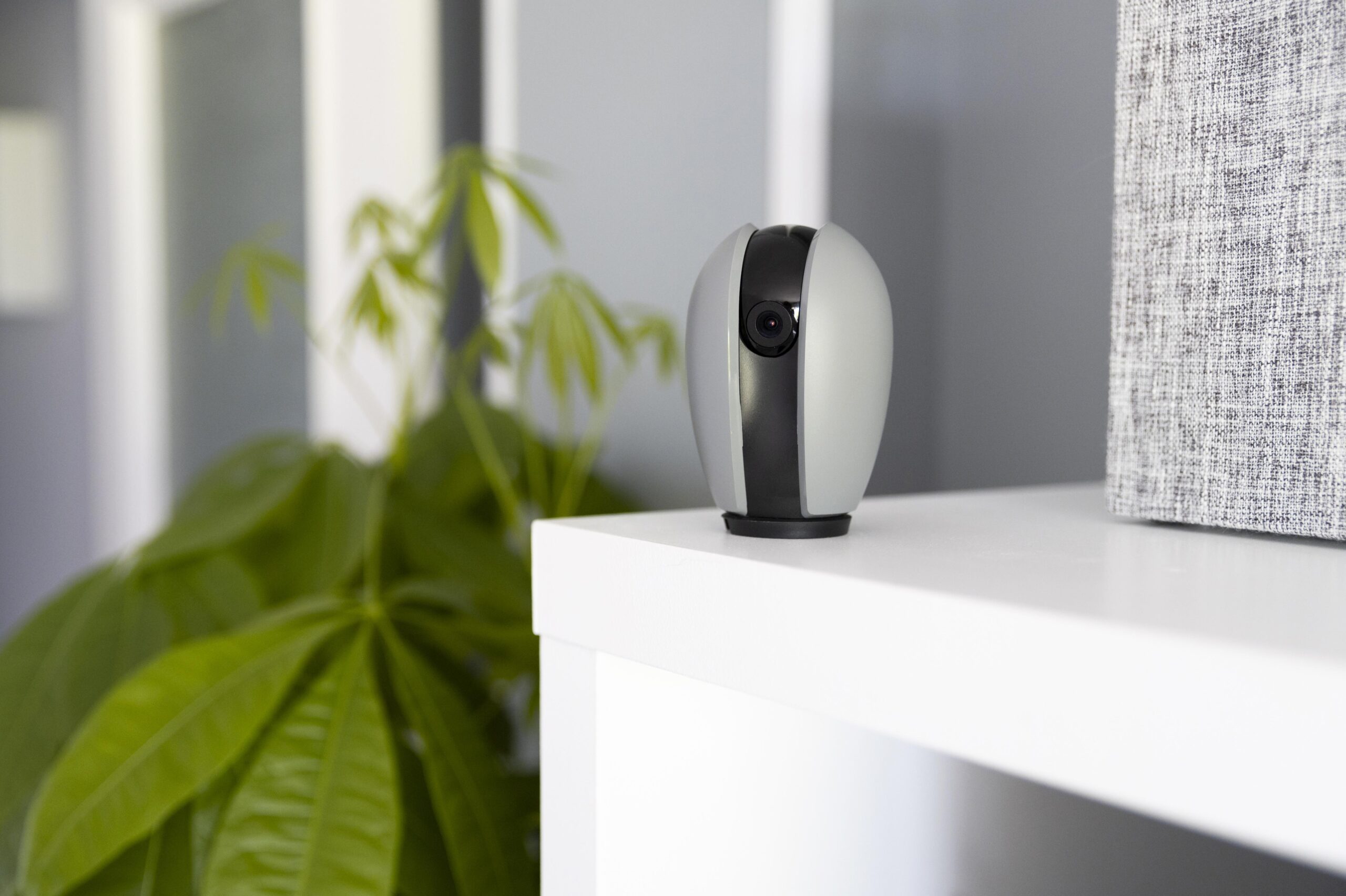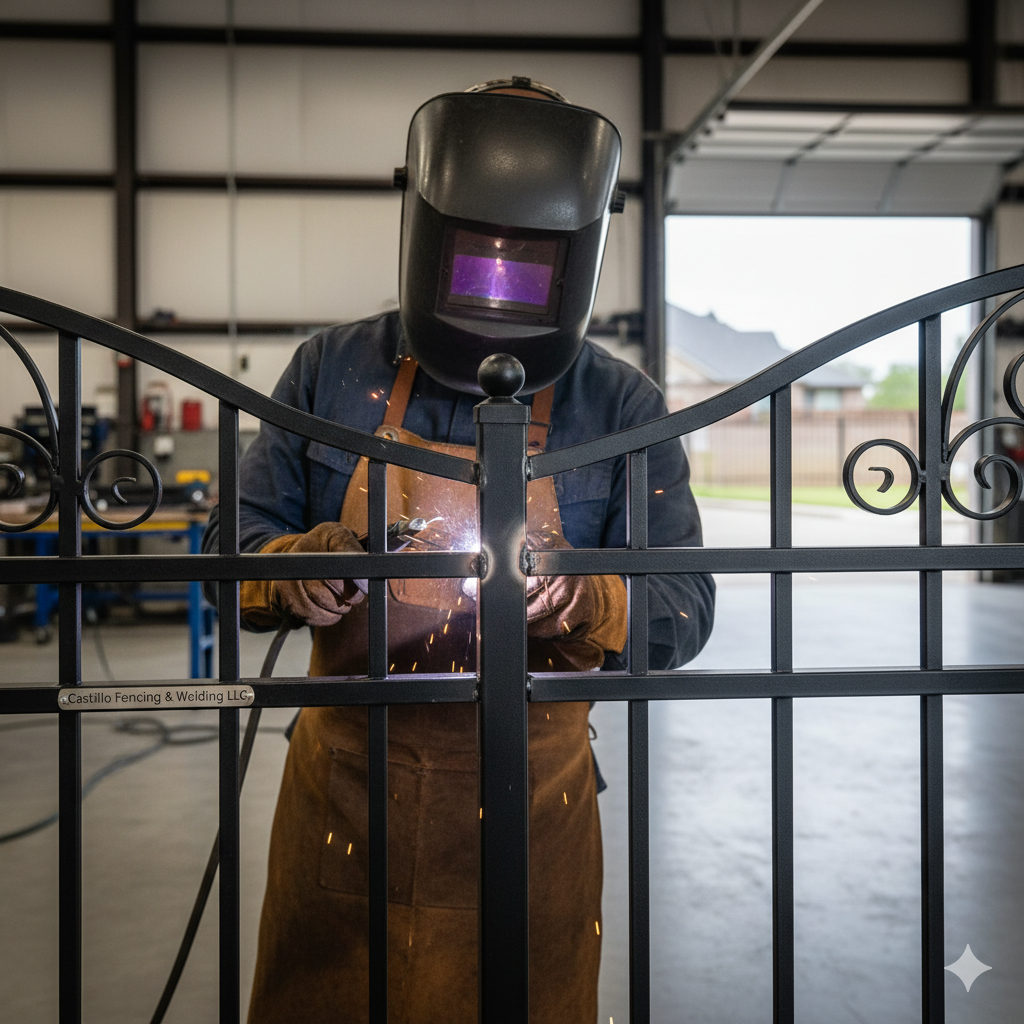In today’s world, air quality has become a significant concern for many individuals. With increasing pollution levels, allergens, and indoor contaminants, investing in an air purifier can be a wise choice. However, choosing the right size air purifier for your room is essential to ensure maximum efficiency and effectiveness. This article will guide you through the process of selecting the right air purifier size, considering factors such as room size, purifier specifications, and specific needs.
Understanding Air Purifier Sizes
Air purifiers are available in various sizes and capacities, typically measured in square feet. The size of an air purifier you need largely depends on the size of the room you want to purify. To choose the right air purifier, you first need to determine the square footage of your space.
Calculating Room Size
- Measure Your Room: Start by measuring the length and width of the room in feet. Multiply these two measurements to calculate the square footage. For example, if your room is 12 feet long and 10 feet wide, the total area is 120 square feet (12 x 10 = 120).
- Consider Ceiling Height: If your room has a higher ceiling (more than 8 feet), you may need to consider the volume of the room as well. To calculate the volume, multiply the square footage by the height of the room. For instance, if the room has a height of 10 feet, the volume would be 1,200 cubic feet (120 x 10).
- Note Any Obstacles: Consider the layout of your room. Furniture, walls, and other obstacles can affect airflow, so be sure to account for them in your calculations.
Finding the Right CADR Rating
Once you have determined the size of your room, the next step is to look for an air purifier with the appropriate Clean Air Delivery Rate (CADR) rating. CADR measures how quickly an air purifier can remove specific pollutants, including dust, pollen, and smoke, from the air in a given room size.
Understanding CADR Ratings
- What is CADR?: CADR is measured in cubic feet per minute (CFM) and indicates how many cubic feet of air the purifier can filter in one minute. The higher the CADR rating, the faster the air purifier can clean the air in your room.
- Choosing the Right CADR: A good rule of thumb is to choose an air purifier with a CADR rating that matches or exceeds the size of your room. For example, if your room is 120 square feet, you should look for an air purifier with a CADR rating of at least 120 CFM for optimal performance.
- Pollutant-Specific CADR: Different air purifiers have CADR ratings for specific pollutants. If you’re concerned about particular allergens, such as pollen or pet dander, ensure the air purifier you choose has a high CADR rating for those specific contaminants.
Considering Room Characteristics
Apart from the size and CADR rating, consider other characteristics of your room that may influence the effectiveness of your air purifier.
Room Type
- Bedroom: If you need an air purifier for your bedroom, choose a model that operates quietly, as noise levels can disrupt sleep. Look for purifiers with a noise level of 25 dB or less.
- Living Room: In larger, open spaces like living rooms, consider an air purifier with a higher CADR rating to cover the larger area effectively.
- Home Office: For a home office, choose a purifier that can filter out allergens like dust and mold spores, which can affect your productivity.
Air Quality Needs
- Allergies and Asthma: If you or someone in your home suffers from allergies or asthma, opt for a HEPA (High-Efficiency Particulate Air) filter, which can capture 99.97% of particles as small as 0.3 microns. Additionally, consider an air purifier with activated carbon filters for odors and gases.
- Pets: For pet owners, look for air purifiers specifically designed to tackle pet dander and odors. Some models come with specialized filters and higher CADR ratings for pet-related allergens.
- Smoking: If you or others in your household smoke, invest in an air purifier with a higher CADR rating for smoke particles. Look for additional features like activated carbon filters to absorb odors.
Portable vs. Whole-House Air Purifiers
Another important consideration when choosing an air purifier is whether you need a portable unit for a single room or a whole-house system.
Portable Air Purifiers
- Advantages: Portable air purifiers are generally more affordable, easy to move between rooms, and available in various sizes and styles. They are suitable for localized air cleaning.
- Limitations: These units are only effective in the room they are placed in, so if you have multiple rooms to purify, you may need to invest in more than one unit.
Whole-House Air Purifiers
- Advantages: Whole-house air purifiers are installed within your existing HVAC system and can filter the air throughout your entire home. They offer more comprehensive coverage and convenience.
- Limitations: These systems are typically more expensive and may require professional installation.
Evaluating Energy Efficiency
When choosing an air purifier, consider its energy efficiency. Look for models that are Energy Star certified, indicating they meet strict energy efficiency guidelines. This not only helps reduce your electricity bill but also contributes to environmental sustainability.
Understanding Energy Usage
- Wattage: Check the wattage of the air purifier. Generally, a unit that uses less than 100 watts is considered energy-efficient.
- Run Time: Consider how long you plan to run the purifier. If you plan to operate it continuously, even a small difference in wattage can add up over time.
Maintenance and Filter Replacement
Maintenance is an essential aspect of ensuring your air purifier remains effective. Consider the following when selecting a model:
Filter Replacement
- Type of Filters: Different air purifiers use various filter types, including HEPA filters, activated carbon filters, and pre-filters. Check the replacement frequency for each type and the cost associated with them.
- Filter Indicator: Some models come with filter replacement indicators that notify you when it’s time to change the filter. This feature can help maintain optimal performance.
Overall Maintenance
- Cleaning: Regularly clean the air purifier’s exterior and check for dust buildup around the filters. Some models have washable pre-filters, which can reduce replacement costs.
- Replacement Schedule: Keep track of when to replace filters based on the manufacturer’s recommendations, typically every 6 to 12 months.
Brand Reputation and Customer Reviews
When investing in an air purifier, it’s wise to research various brands and models. Consider the following:
Brand Reputation
- Established Brands: Look for well-known brands with a history of producing quality air purifiers. Established manufacturers often provide better customer support and warranties.
Customer Reviews
- User Feedback: Check online reviews from verified purchasers. Look for feedback on performance, noise levels, ease of use, and overall satisfaction.
- Air purification systems encompass a variety of technologies designed to remove contaminants and improve indoor air quality. These systems can be standalone units, integrated into HVAC systems, or even part of smart home solutions. Depending on the technology used, air purifiers can capture particles like dust, pollen, and pet dander, while also eliminating odors, smoke, and volatile organic compounds (VOCs). Advanced options may include UV-C light for microbial control or ionization to charge particles for easier filtration. Selecting the right air purification system for your needs involves considering factors such as room size, specific air quality concerns, and desired features.
Conclusion
Choosing the right size air purifier for your room involves understanding your specific needs, room size, and the effectiveness of the purifier itself. By calculating your room’s square footage, considering CADR ratings, and evaluating factors such as room type and air quality concerns, you can find an air purifier that suits your requirements.









